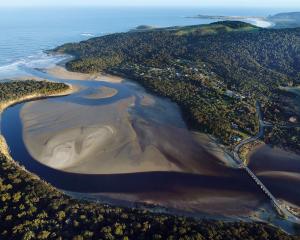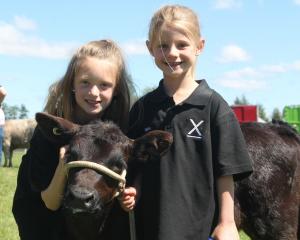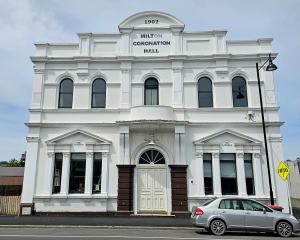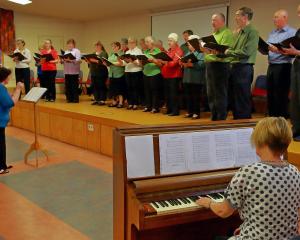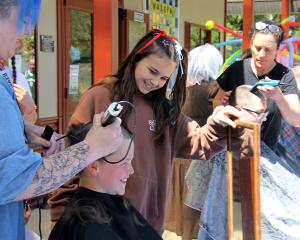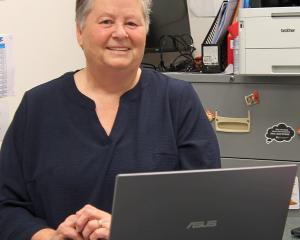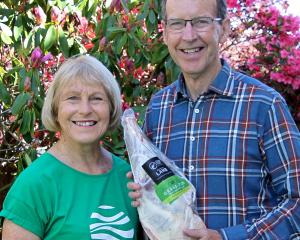
Applications for formal permissions for the project are under way, after the Lawrence-Tuapeka Community Board (LTCB) voted last month to support a proposal by a group of University of Otago researchers to forensically investigate about 30 unmarked graves in the cemetery.
The project will be headed by Otago University archaeologist Dr Peter Petchey and bio-archaeologist Prof Hallie Buckley, and is similar to one the pair did last year at the Milton Cemetery, where they discovered about 16 unmarked graves.
LTCB chairman Garry McCorkindale said board members voted to support the project because they were representing their community, which also seemed to support the project.
About 30 people had attended a meeting in Lawrence in October about the proposal and since then the board had heard of only one person who objected to it, Mr McCorkindale said.
The public also had the opportunity to find out more about the proposal at last month's LTCB meeting, which was attended by Dr Petchey and Prof Buckley.
After the meeting, the Otago Daily Times was contacted by Auckland woman Helen Miller. She said even though she was not connected to the Lawrence region, she was upset about the exhumations and thought those buried there should ''remain in peace in perpetuity''.
''It's prudent researchers find out facts about burials and materials used from old undertaker/sexton/funeral parlour records rather than exhume other people's remains to do their research,'' she said.
Dr Petchey said under current law, exhumations could be done with permissions from Heritage New Zealand, which needed to issue an archaeological authority, and the Ministry of Health, which needed to issue a disinterment licence.
The University of Otago team was applying for both permissions, and also doing further consultation with Ngai Tahu.
He hoped the permissions would be in place by early next year, and said the project would be respectful and gain valuable information.
''Understanding where we come from is essential for knowing where we're going ... We do encounter a range of views, but the vast majority of people are interested, they can see the value of what we're doing and they want to know about their [ancestors] ... we've had people saying to us, 'our great-grandfather is buried there [Lawrence cemetery] and we don't know where, but if you could find him [his grave] we would love that'.''
The project would provide information about the health of Lawrence's early settlers, including their dental health and evidence of tuberculosis, which might test the premise that early settlers to New Zealand could expect a lifestyle superior to that they had in the United Kingdom, Dr Petchey said. It would also examine remains of any Chinese found in unmarked graves.
The remains would be kept and studied at the university's anatomy department and later reinterred.
He said he and Prof Buckley were ''keen'' to work in cemeteries in other areas as well, but he preferred not to say where at this stage.
In 2015, the Central Otago District Council voted not to support a proposal from the University of Otago researchers to open up unmarked graves in the Moa Creek Cemetery.
Councillors at the time had mixed views about many aspects of the proposal. Some said it was solely an academic venture and cemeteries should not be excavated and most said there had been insufficient public consultation about the idea.
Clutha Mayor Bryan Cadogan said he was ''acutely aware'' excavation research in cemeteries was ''a sensitive issue'', but he said the researchers were respectful and it would be good to have information about unmarked graves.
Being ''blissfully unaware'' of where people might be buried was not respectful; it was more respectful to find out where they were, he said.


